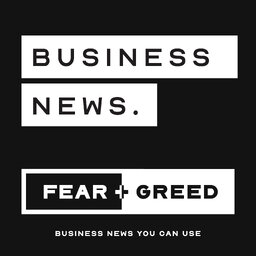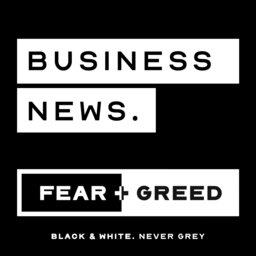Interview: Why Dyson is like Disneyland for engineers
It began as one man and a vacuum cleaner; now Dyson is a world-leader in innovation and design.
Sean Aylmer talks to James Shale, long time engineer with Dyson, about the innovation and testing that takes place to create their products.
Dyson is a supporter of Fear and Greed
 FEAR & GREED | Business News
FEAR & GREED | Business News


